BOLLYWOOD has been shooting eye-catching films around the world ever since the 1950s and continued that trend with newly released Scandinavia set drama Mrs Chatterjee Vs Norway.
That Norway set drama combined with recent romantic comedy Tu Jhoothi Main Makkaar being partly shot in Spain, and everyone looking ahead to their summer holidays, inspired Eastern Eye to take an international cinematic musical journey.
With that in mind, here is a whirlwind trip around the world with 20 Hindi movie tracks shot at top locations spread around the globe.
France - Aasman Se Aaya Farishta from An Evening In Paris (1967): The first commercial Hindi film to be shot almost entirely in France is filled with fantastic musical numbers, which capture the country’s beauty. This song became particularly famous because it had Sharmila Tagore water-skiing in a bikini, which was ground-breaking at the time. Shammi Kapoor brilliantly woos her from a helicopter and then on the water.
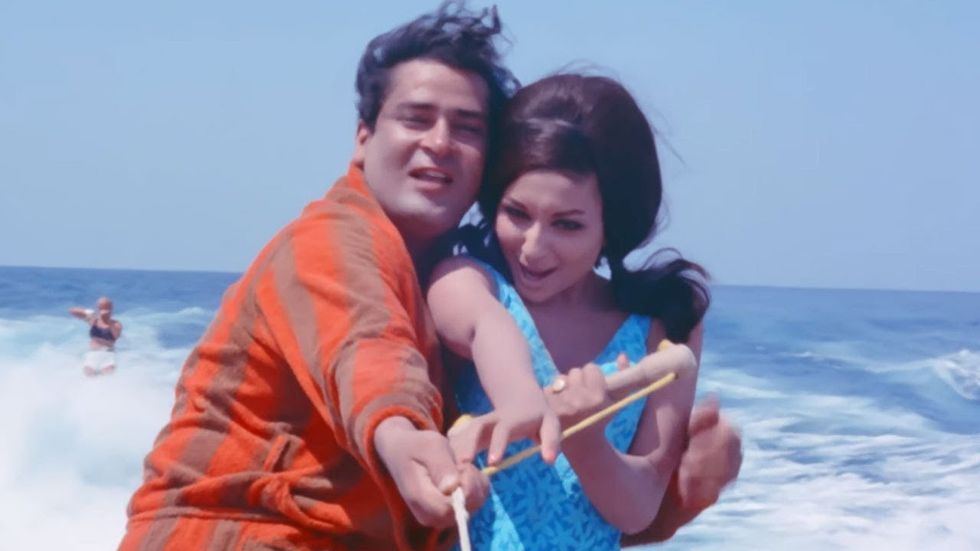
Holland - Dekha Ek Khwab from Silsila (1981): Ace director Yash Chopra offered up this colourful love song shot amongst Dutch tulips, picturised on Amitabh Bachchan and Rekha. Many tried creating songs in amongst flowers, but few could match this iconic musical moment. Around the same time, Raj Kapoor shot his Prem Rog (1982) song Bhanware Ne Khilaaya Phool in the same setting, with extra aerial shots.
Switzerland - Mitwa from Chandni (1989): During the 1990s, Switzerland became the most popular international destination for Bollywood songs. Director Yash Chopra kick-started the craze with songs from this romantic drama. This beautifully shot song featuring Rishi Kapoor and Sridevi captured the stunningly scenic country, which would become a popular tourist destination for Indians. Yash Chopra would return with multiple movies like Darr (1993) and Dilwale Dulhania Le Jayenge (1995).
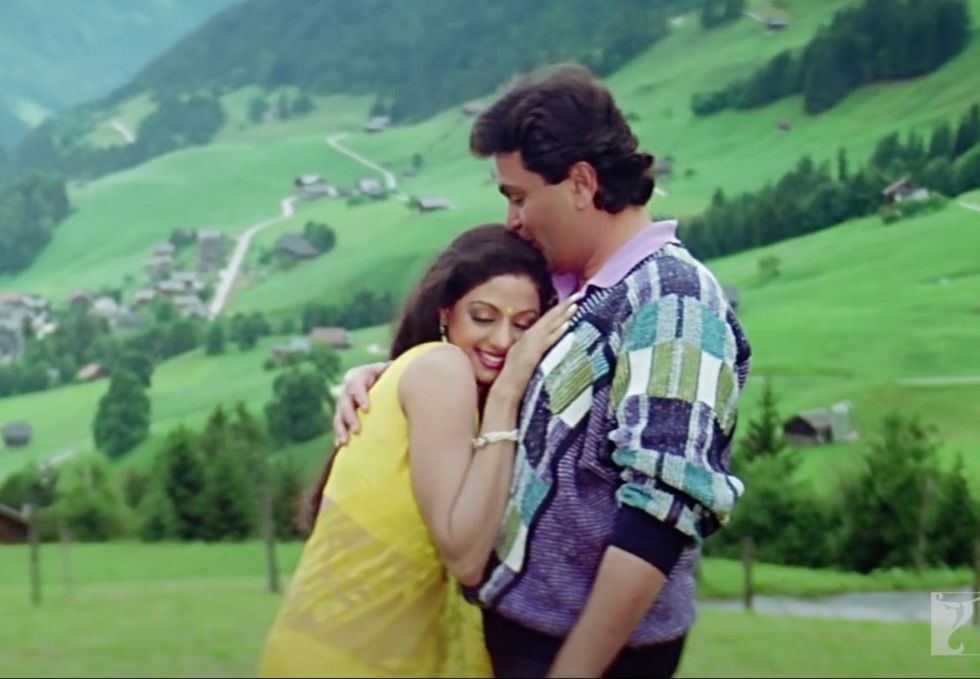
Spain - Khwabon Ke Parindey from Zindagi Na Milegi Dobara: The lovely song featuring the lead cast made everyone want to take a road trip through Spain with their best friends. The top tune plays as they drive on a winding road through scenic settings of beautiful landscapes. Recent Pathaan (2023) song Besharam Rang also shot a song in Spain and made us want to holiday there.
Greece - Tauba Tumhare Yeh Ishaare from Chalte Chalte (2003): Greece has always been a popular holiday destination with Europeans, but after this terrific tune Hindi film fans flocked to the scenic country. The unmistakable Greek architecture, sweeping views, sunshine and dream like setting provide a perfect backdrop for Shah Rukh Khan and Rani Mukerji.
Italy - Do Lafzon Ki Hai Dil Ki Kahani from The Great Gambler (1979): This song shot on the romantic canal-ways of Venice saw Amitabh Bachchan and Zeenat Aman drift along gently in a gondola. It oozed romance from start to finish and inspired Bollywood fans to visit the watery city after the song was seen in cinemas.
Honourable mention also to Ghungroo from War (2019), which was shot on the stunning beaches of Positano on the Amalfi Coast.
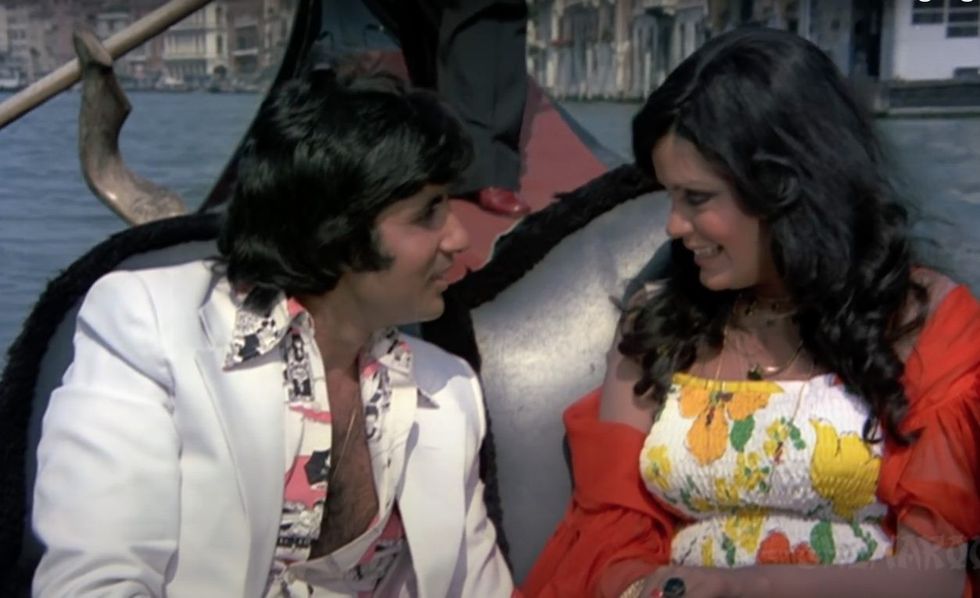
Egypt - Suraj Hua Maddham from Kabhi Khushi Kabhie Gham: Seeing arguably the greatest modern day romantic onscreen couple Shah Rukh Khan and Kajol performing a love song in deserts filled with pyramids gave everyone the feels. The superb song seamlessly combined with a scenic setting in the 2001 record-breaking film.
Special mention to Teri Ore from Singh Is Kinng (2008), which was also shot in a similar space.
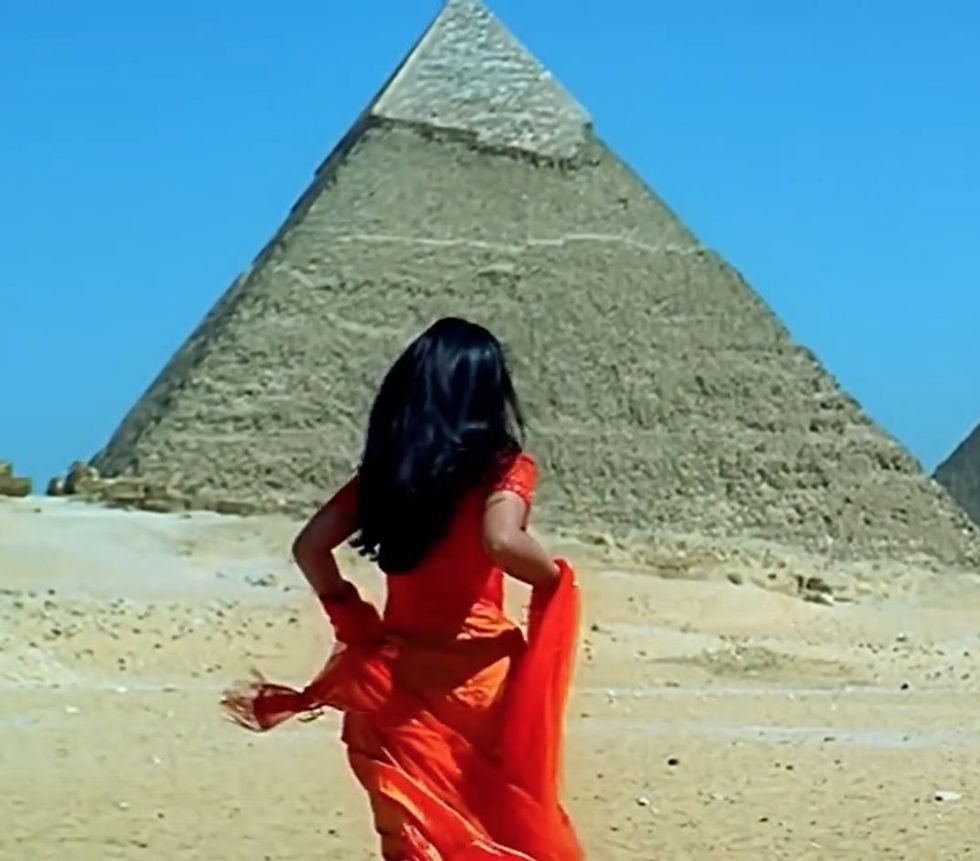

Namibia - Guzarish from Ghajini (2008): The gritty action thriller had this deeply romantic song shot in the Deadpan desert, Namibia. It has a great contrast of two lovers, played by Aamir Khan and Asin, in colourful costumes in a baron setting, providing a perfect metaphor for a song about yearning. Die-hard Bollywood fans have visited the same desert and uploaded videos on YouTube of their adventure.
South Africa - Kar Har Maidaan from Sanju (2018): A lot of Bollywood films have suddenly transported audiences to South Africa for a song, including the London set romantic comedy Cocktail (2012). For his blockbuster biopic Sanju, ace director Raj Kumar Hirani got Ranbir Kapoor and Manisha Koirala to be part of this song on the beautiful mountainous coasts of Cape Town in South Africa.
Mauritius - Jeene Ke Hain Chaar Din from Mujhse Shaadi Karogi (2004): The forgotten seventies film Chandi Sona (1977) was the first from Bollywood to be shot in Mauritius. The country has since become a favourite for film shoots and holidaying Indian film stars. This comedy made full use of the beautiful beach setting with songs like this featuring Salman Khan and Priyanka Chopra Jonas.

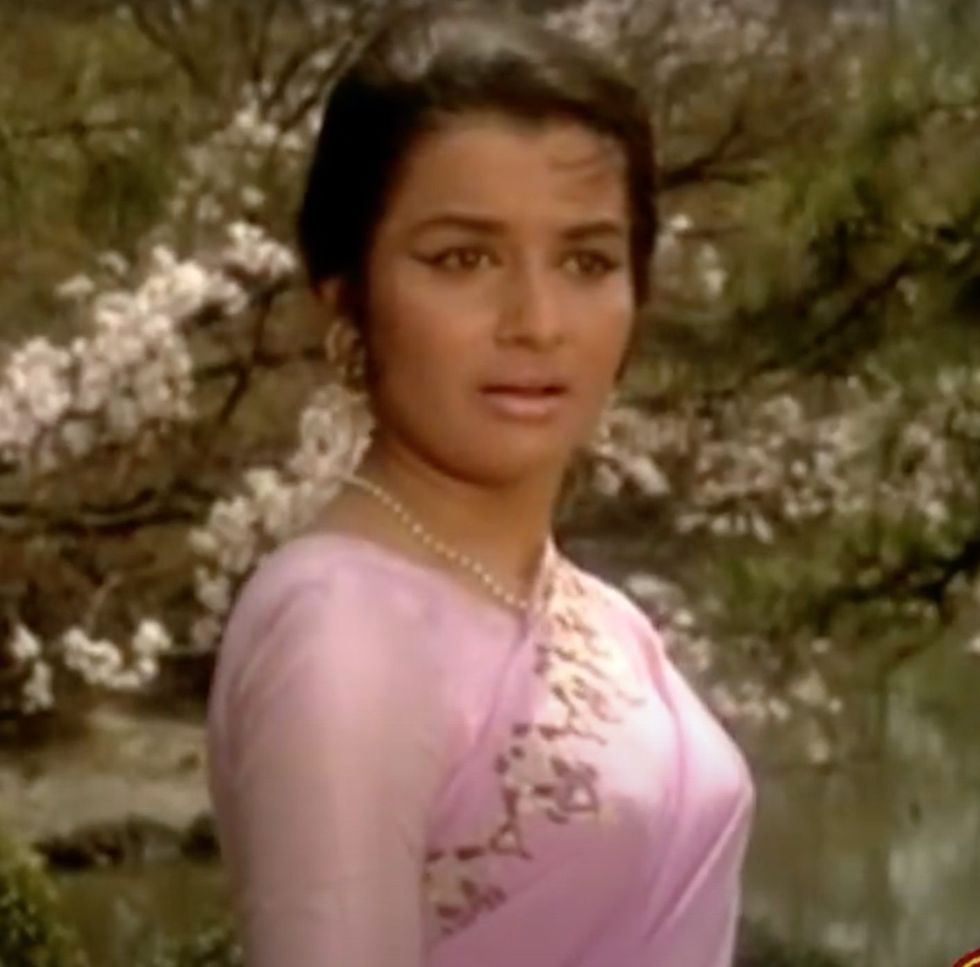
Japan - O Mere Shah-E-Khuba from Love In Tokyo (1968): This romantic comedy was the first Hindi movie shot primarily in Japan and attempted to capture the cultural landscape through this technicolour track. Both versions of this heartfelt love song picturised on Joy Mukherjee and Asha Parekh captured the visual loveliness of the Japanese landscape.
Thailand - Kaho Naa Pyaar Hai title track (2000): The terrific title track of this blockbuster hit was shot in Khao Phing Kan, Thailand, which is popularly known as James Bond Island. Hrithik Roshan and Ameesha Patel brought the beach setting beautifully to life. Real couples rushed to the same location to film themselves performing the same song.
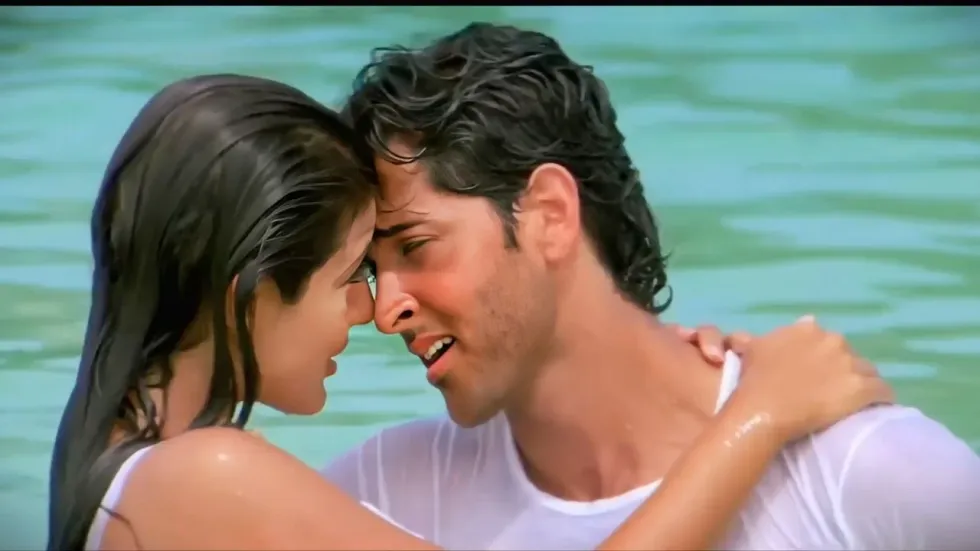
Singapore - Tum Lakh Chhupana Chahoge from Singapore (1960): One of the first full-length feature films shot outside India, captured great snapshots of Singapore through songs like the title track and Dekho Ji Dekho. Perhaps the catchiest song was this romantic duet featuring Shammi Kapoor and Padmini.
Koi Tumsa Nahin from Krrish (2006) would shoot in Singapore, 46 year later.
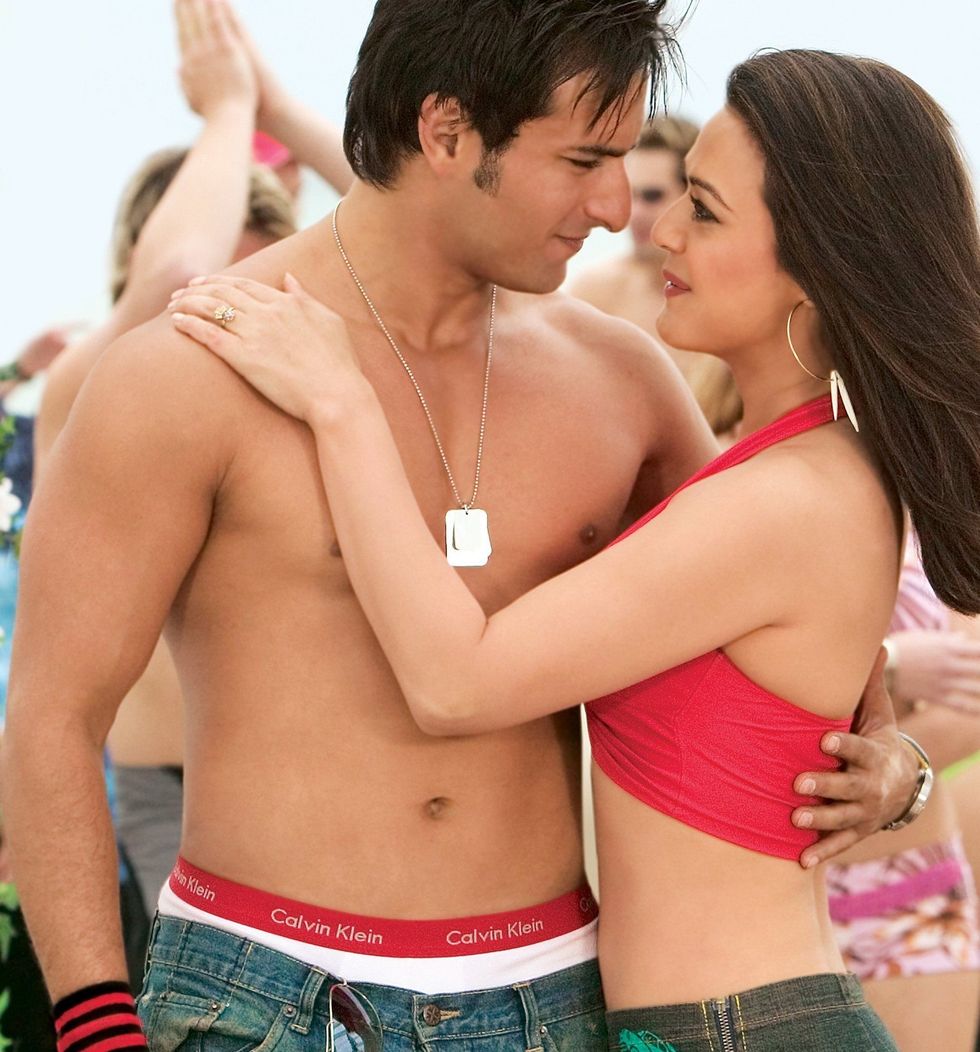
Australia - Salaam Namaste title track (2005): Hindi cinema can’t resist a great beach. The first Bollywood film to be shot entirely in Australia had marvellous musical moments, including the feel-good title track shot on a sunny beach. Lead stars Saif Ali Khan and Preity Zinta take centre-stage in a song filled with scantily clad backing dancers.
New Zealand - Sadka from I Hate Luv Storys (2010): Standout Kaho Naa Pyaar Hai song Na Tum Jaano Na Hum was shot at beautiful locations in the country. Another top track that really captured the vast untouched beauty of New Zealand, like the snow-covered mountains was this one featuring Imran Khan and Sonam Kapoor.

Brazil - My Name Is Ali from Dhoom 2: The first Bollywood film to be shot in Brazil had this track featuring Uday Chopra and Bipasha Basu. The song wasn’t very good, but it took in all the sites of Rio De Janeiro and broke new ground for Bollywood in South America. The much better song Dil Na Laga was also shot in Rio, but it was at night in a single location, without much of the background showing.
America - Yeh Dil Deewana from Pardes (1997): There have been a lot of films shot in America with memorable musical moments, including Kabhi Alvida Naa Kehna (2006) and My Name Is Khan (2010). But who can forget Shah Rukh Khan driving during this road trip anthem. This film was one of the first to show Bollywood audiences great glimpses of USA. He even flies on a bungee rope for good measure.
Cuba - Laapata from Ek Tha Tiger (2012): The action thriller had eye-catching locations, including the song Banjaara shot in Ireland, but the path-breaking moment was this song picturised on Salman Khan and Katrina Kaif. It was the first commercial Bollywood film to shoot in Cuba, with this Latin inspired song that captured stunning snapshots of Havana and its old-world charm.
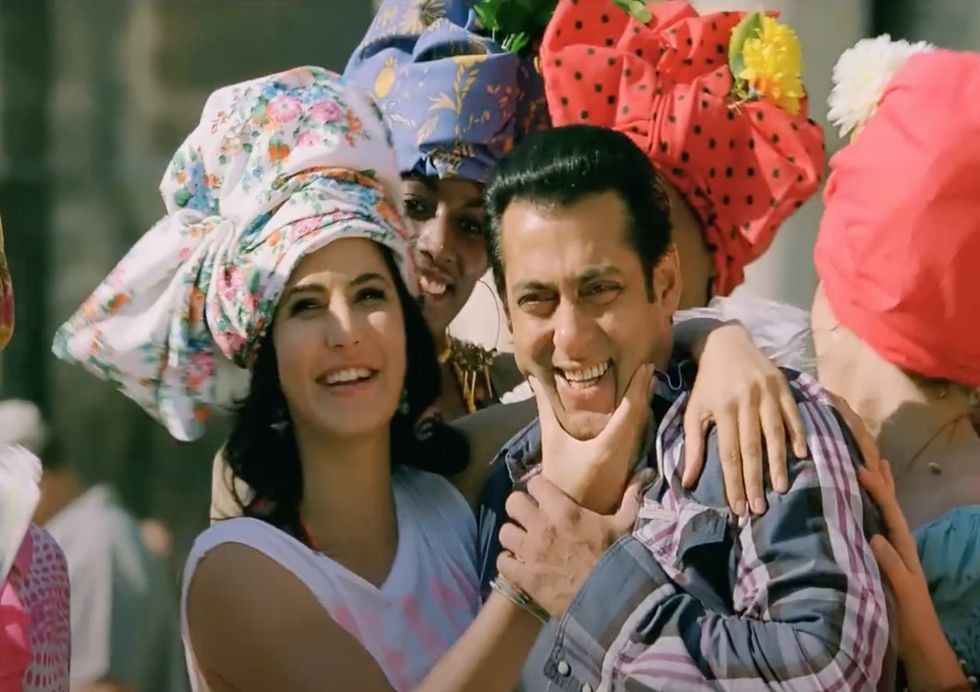
Canada - Haila Haila from Koi Mil Gaya (2003): The spectacular sci-fi film had some stunning locations, including for this song featuring Hrithik Roshan and Preity Zinta. The great looking number blends beautifully with the lovely lakes, vast forests, and mountains that Canada is famous for.

Iceland - Gerua from Dilwale (2015): Pretty much the only thing Bollywood fans remember about the mega-budget action-comedy is the wonderful song shot in the scenic settings of Iceland. The romantic number picturised on Shah Rukh Khan and Kajol is a visual feast with multiple locations and added Iceland as a holiday destination for so many, including couples trying to recreate the scenes.






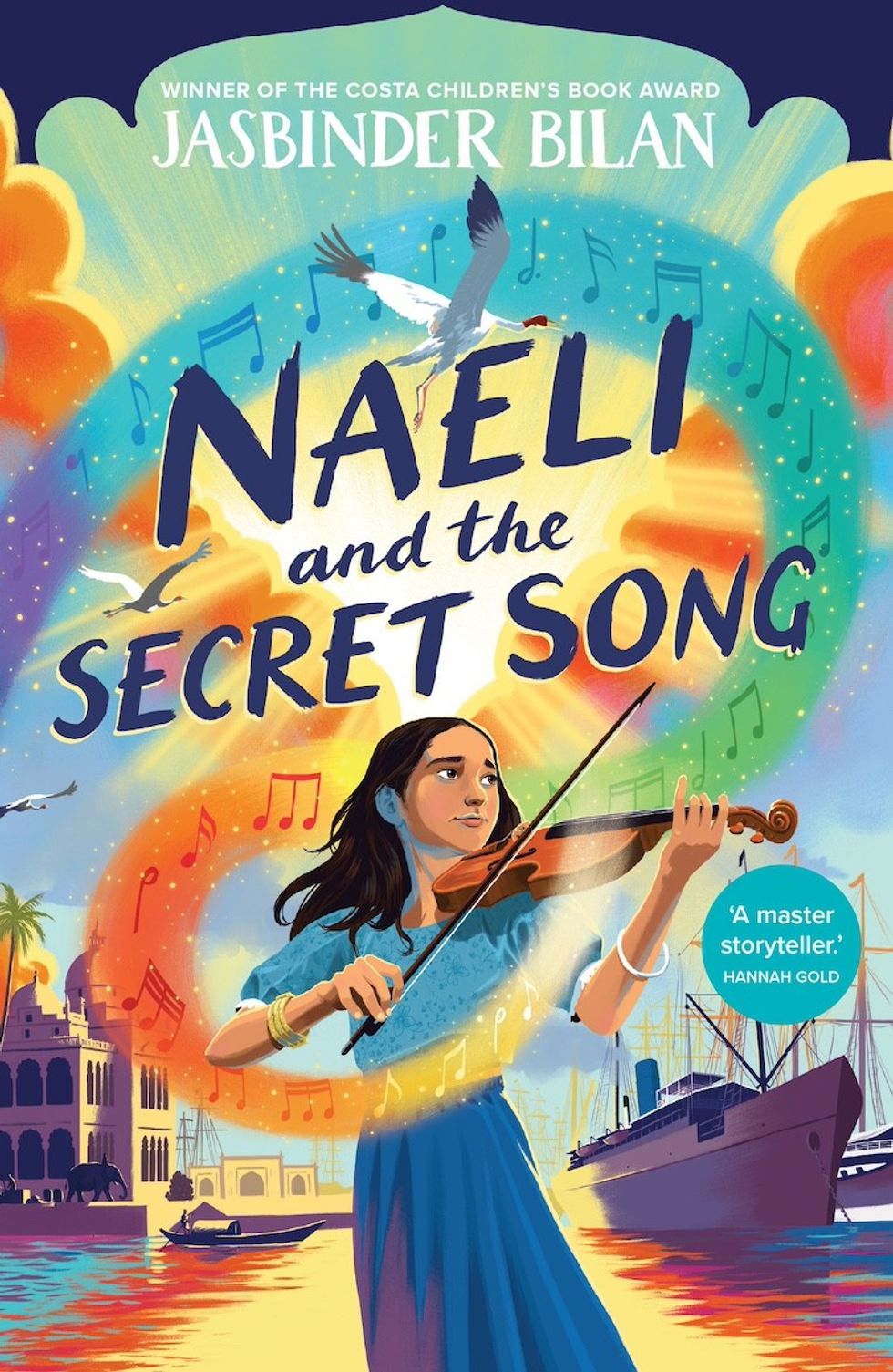 Naeli and the secret song
Naeli and the secret song








 Jamie Lloyd’s Evita with Rachel Zegler set for Broadway after London triumphInstagram/
Jamie Lloyd’s Evita with Rachel Zegler set for Broadway after London triumphInstagram/
 A compelling premise, layered and unpredictable charactersAMG
A compelling premise, layered and unpredictable charactersAMG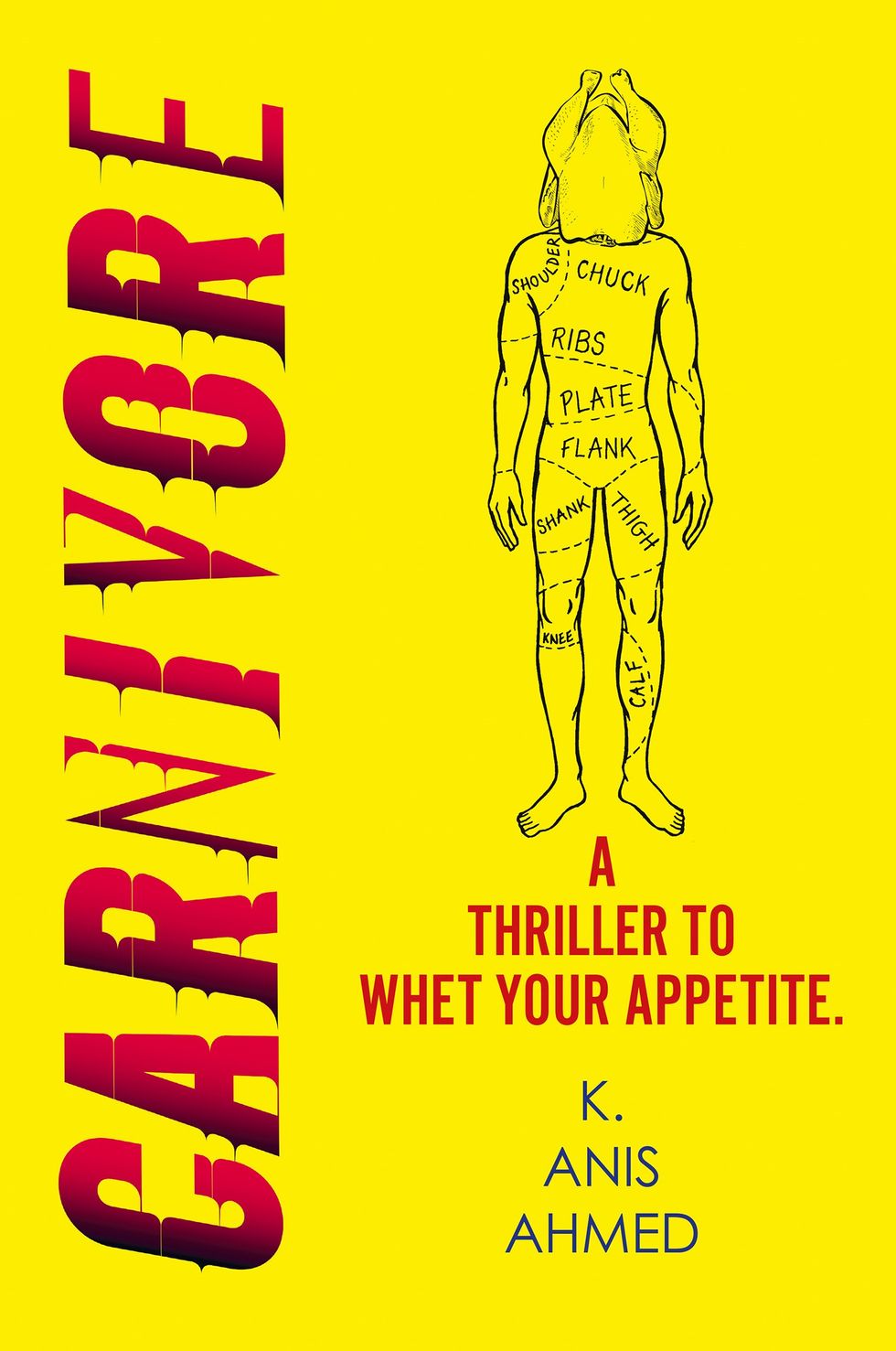 Anyone who enjoys a gripping story with a diverse cast and unexpected twistsHarperFiction
Anyone who enjoys a gripping story with a diverse cast and unexpected twistsHarperFiction
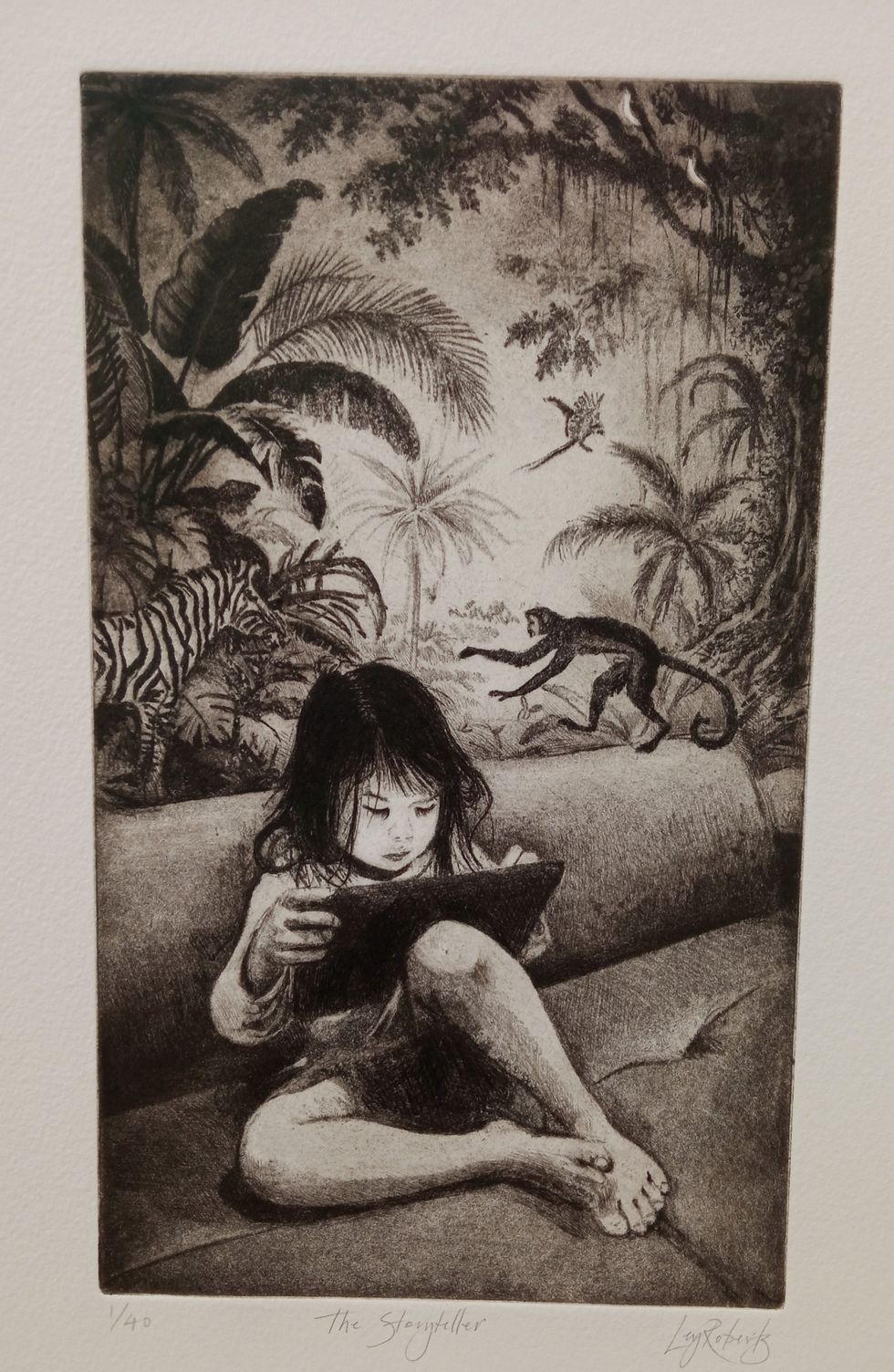 The Story Teller by Ley Roberts
The Story Teller by Ley Roberts Summer Exhibition coordinator Farshid Moussavi, with Royal Academy director of exhibitions Andrea Tarsia in the background
Summer Exhibition coordinator Farshid Moussavi, with Royal Academy director of exhibitions Andrea Tarsia in the background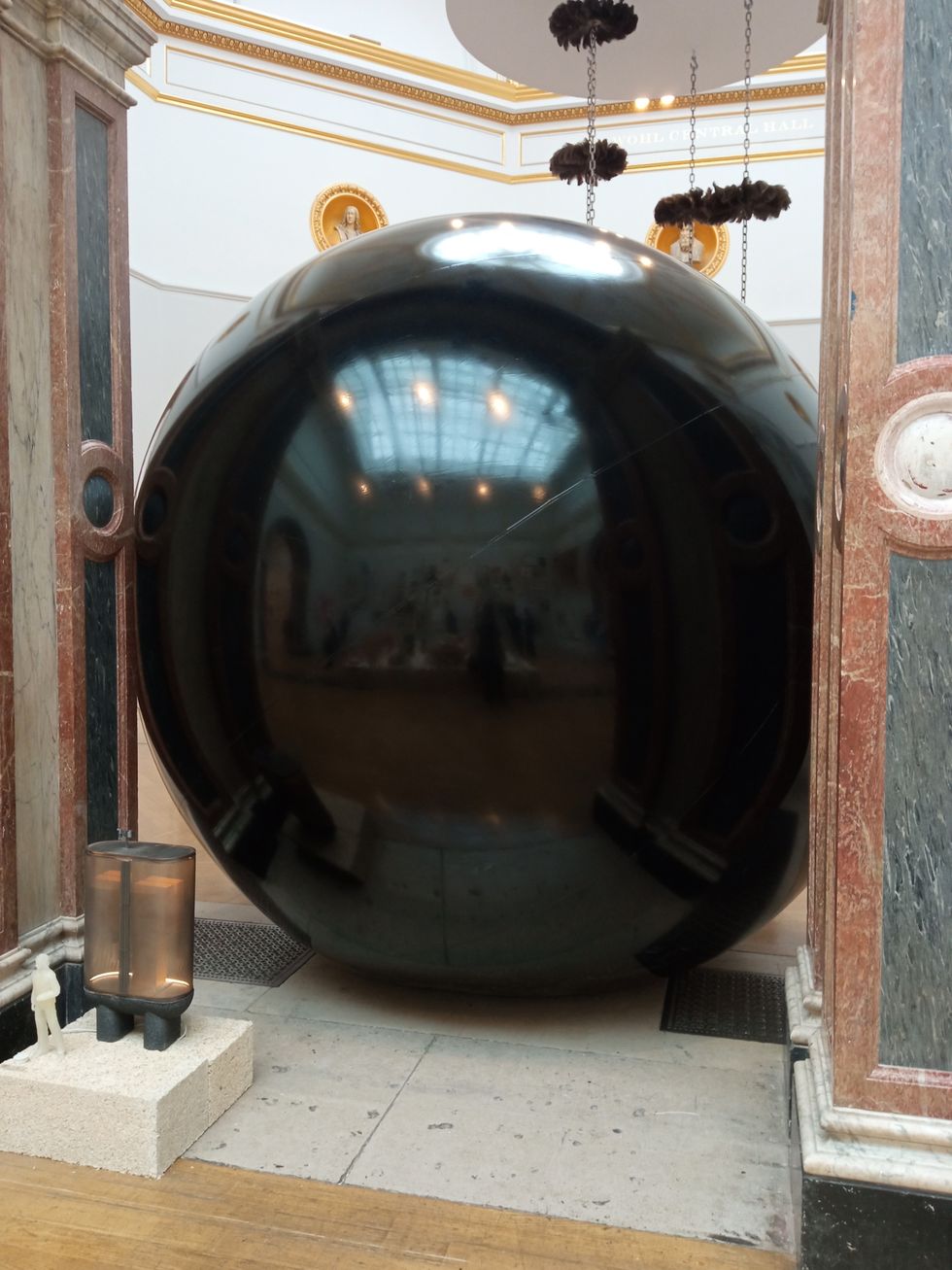 An installation by Ryan Gander
An installation by Ryan Gander A sectional model of DY Patil University Centre of Excellence, Mumbai, by Spencer de Grey
A sectional model of DY Patil University Centre of Excellence, Mumbai, by Spencer de Grey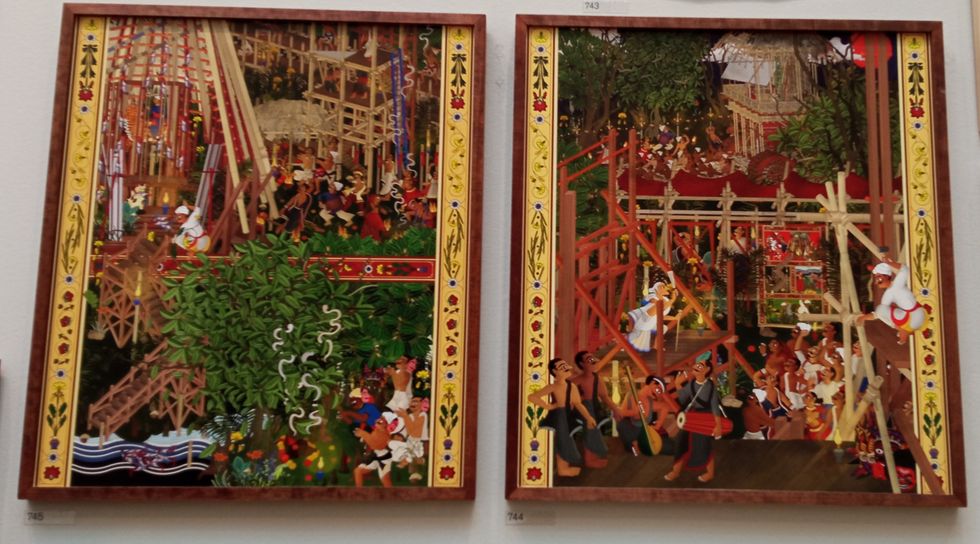 Rituals and Identity and Theatre of Resistance by Arinjoy Sen
Rituals and Identity and Theatre of Resistance by Arinjoy Sen
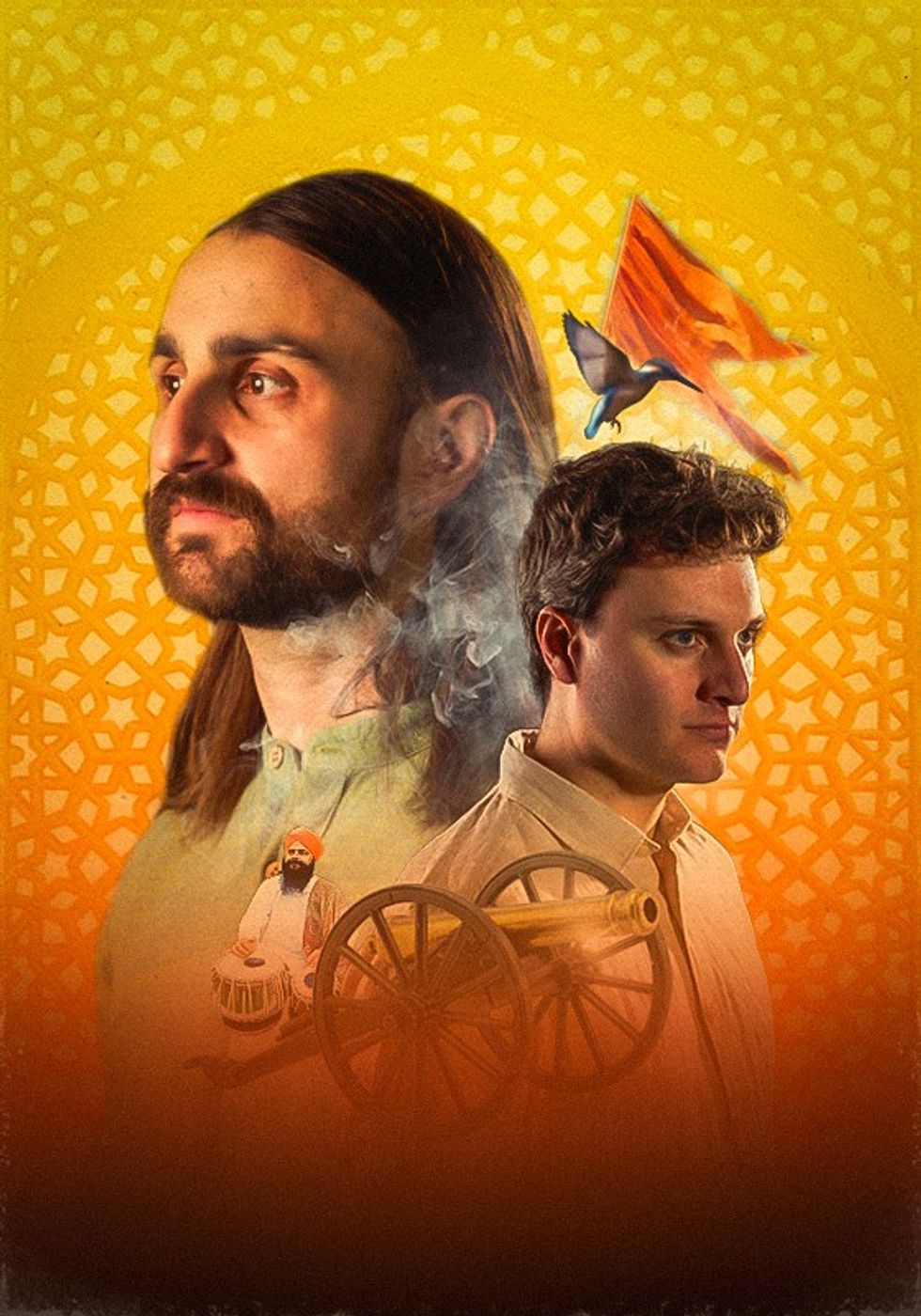 An explosive new play that fuses biting satire, history and heartfelt storytellingPleasance
An explosive new play that fuses biting satire, history and heartfelt storytellingPleasance